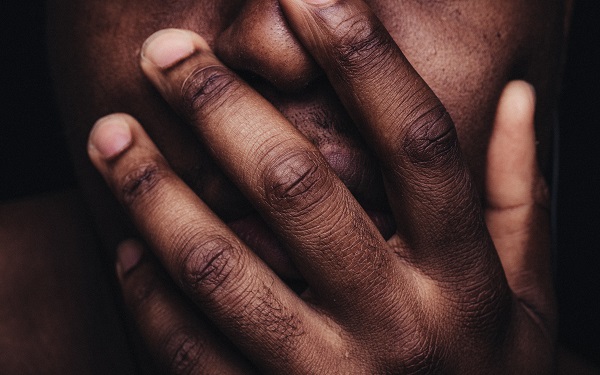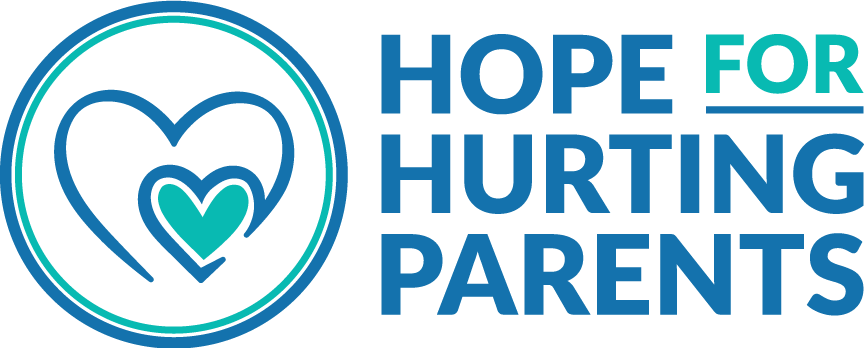
photo cre. Nsey Benajah
A Learned Response
“Mom, I need your help.” Nicholas’s face looked drawn and pale. His left sleeve was pulled up and his right hand cupped the skin of his forearm. I took a deep breath.
“Brave,” I told myself silently. “Calm.” Out loud, I said, “Okay, let me see.” I brought him into the bathroom, closed the toilet lid and sat him down. Opening the medicine cabinet, I pulled out the supplies I had stocked there: sterile gauze, antiseptic cleansing solution, various kinds of bandages, antibiotic ointment. I held his arm over the sink and squirted the cuts. Nine of them this time, but not too deep. I gently dried his arm with gauze, applied ointment, covered the cuts with more gauze, and wrapped the whole thing with bandage. “Is it too tight?” I asked him.
“No, it’s okay.”
“Try to keep the bandage in place. I’ll check it later to see if the gauze needs to be changed.” We left the bathroom and I caught him in a tight hug. “I love you. Thank you for coming to show me. Do you want to talk about it?”
“No, I’ll talk to Susan about it this afternoon. I’m so tired. I’m going to take a nap.”
“Okay. Nap on the couch please.” Shorthand for: “I’m going to be supervising you until your therapist assesses you.”
“Yep.”
The Learning Curve
For my husband and me, the discovery that our teen was practicing self-harm jolted us into a search for answers. Other even more alarming symptoms of what would eventually be diagnosed as bipolar disorder soon came to light. But even as we shifted our focus to finding treatment to combat suicidal thoughts and psychotic features like hearing voices, the symptom of self-harm remained one of the most deeply upsetting aspects of our son’s illness. We struggled to understand the urge and to respond in a way that would help.
My primal parental reaction to protect made me want to rip out that part of Nicholas’s mind that made cuts on my boy’s body. I was tortured by an image that self-harm was like an unholy blood sacrifice. I wanted to plead with him to stop because the thought of someone hurting my child horrified me, even if that someone was my child himself.
It took education, practice, and a lot of prayer to learn to respond to my son’s self-harm in a way that actually assisted him toward recovery.
Learning from the Pros

photo cred. neonbrand on unsplash
Marriage and Family Therapist Sally Lott Miller LMFT often finds herself helping parents understand and respond appropriately to a child’s self-harm:
“(Self-harm became a prevalent issue in mental health practice) about 15 years ago. (We were taught) if somebody is self-harming, it’s a suicidal gesture, we need to take this very seriously, we need to hospitalize. But then it almost got normalized by the culture. And with more research, we discovered it wasn’t necessarily trying to die, it was just another kind of escape. And we got different instruction as mental health professionals about how handle that, how to process it with families. It came with a lot of psycho-education for teenagers and for families.
For me, it becomes this hard conversation of trying to tell very distraught parents that maybe self-harm is not as dangerous or as lethal (as it seems). It sounds terrible to say. It’s very challenging to have that conversation with parents because it grates against that primal instinct: ‘I don’t want to hear what research has to say about self-harm. My reptilian brain is firing like crazy because my child is hurting herself or himself, and this therapist is telling me I don’t have to be so upset by this.’ ”
What worked for me was developing a “clinical mode.” This mental shift helped me be brave during difficult confrontations or caregiving moments. Nicholas, his therapist, and I worked together on a plan for when he had engaged in self-harm. He agreed to come to me so I could see it and help him. I agreed not to freak out, blame, or demand explanations. I set aside emotion to deal with later, and followed a script or procedure. The plan resulted in interactions like the one in the story at the beginning.
I want to emphasize that a parent’s emotions can’t be just wafted away. It’s important to recognize that seeing injuries on your child’s body is traumatizing.
Responding With What We Learn

photo cred. artem sapegin on unsplash
After your child engages in self-harm:
- Take a deep breath and switch to clinical mode.
- Thank your kid for letting you know what happened.
- Assess the severity of the injury and take care of first aid or, if necessary, get medical help.
- Ask where it happened and with what. Get rid of the object. Take this step with your kid if she will participate.
- Ask what led up to the incident. Can your kid identify feelings or triggers? Don’t demand, just ask.
- Do a safety assessment. Self-harm itself is not a suicide attempt, but the practice of self-harm is linked to suicidal thoughts. For resources, check reputable websites like National Alliance for Mental Illness (Nami.org) or Suicide Prevention Lifeline (suicidepreventionlifeline.org). The hotline is 1(800) 273-TALK (8255).
- Ask if he would like to make an appointment with his therapist.
- Reassure him of your love and support. Without judgment, tell him you’re sorry he is feeling badly. Ask if there is anything you can do to help.
- Later, in the safety of privacy, process your emotions. It’s okay if you need help with this. Consider pursuing counseling for yourself or joining a support group.
Dear friend, self-harm can be difficult for parents to understand and for kids to stop. Our loving God cares about each ounce of pain we go through. He comforts us when we cry for our kids. He soothes our weary souls and offers refreshment. For every parent longing for healing and restoration, I pray you will experience God’s peace and hope in the waiting.
Recommended Additional Resources from Hope for Hurting Parents:
Cut: Mercy for Self Harm by Nancy Alcorn
Cutting: Understanding and Overcoming Self-Mutilation by Steven Levenkron
Katie Morton also has some helpful videos about self harm or “self-wounding” as well as other mental afflictions.
A Bright Red Scream: Self-Mutilation and the Language of Pain by Marilee Strong
Video: 5 Tips for Dealing with Self Injury by Lori Vann a licensed therapist.
Lori’s website is vannassociates.com

Kirsten Panachyda writes and speaks to infuse courage into the soul-weary. Her book Among Lions: Fighting for Faith and Finding Your Rest while Parenting a Child with Mental Illness is available now. Dena wrote the foreword! Kirsten blogs at kirstenp.com. She and her husband Dan have two sons, and they are a roller-coaster-riding, travel-loving, blue-hair-dying family.

0 Comments